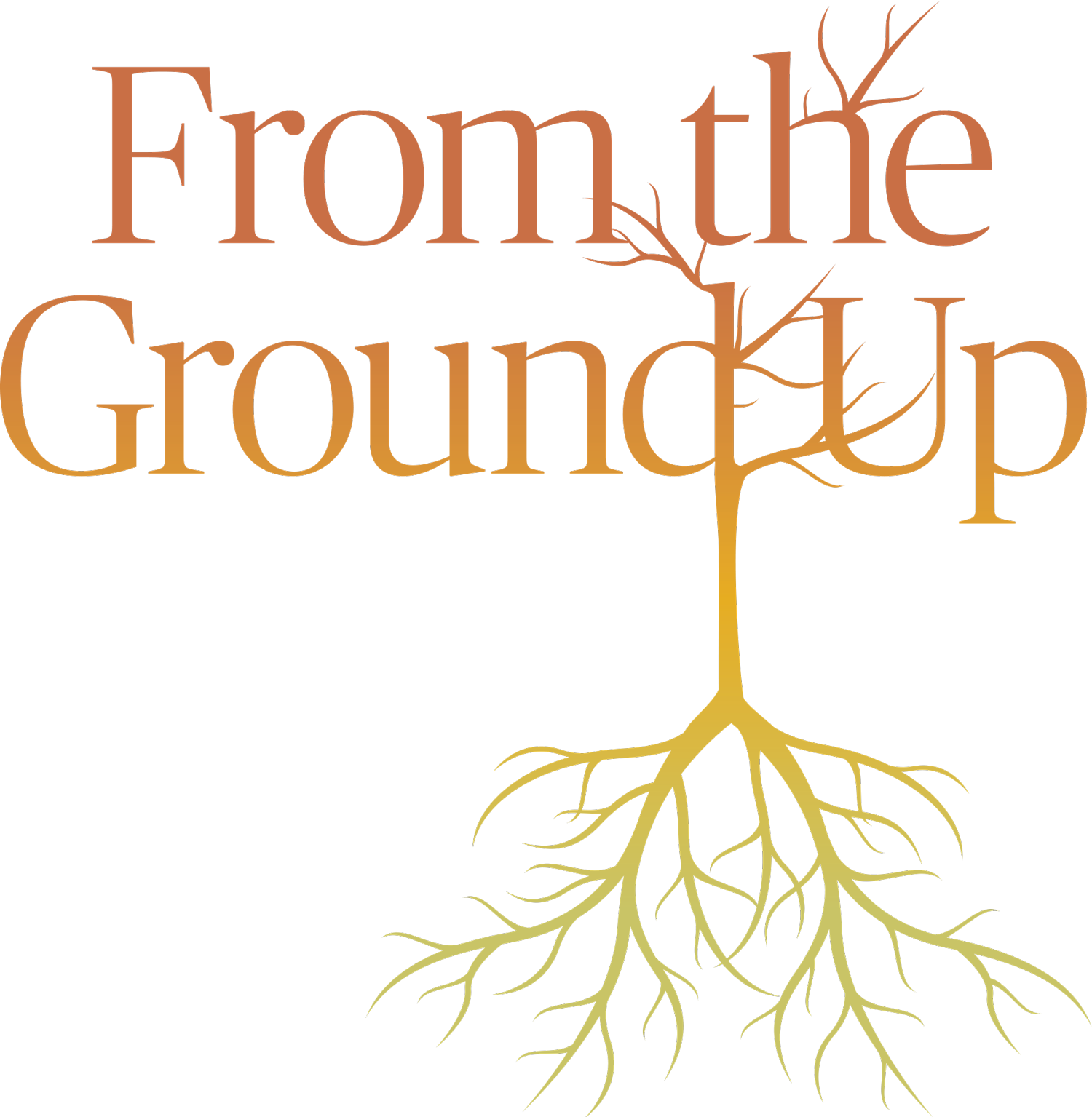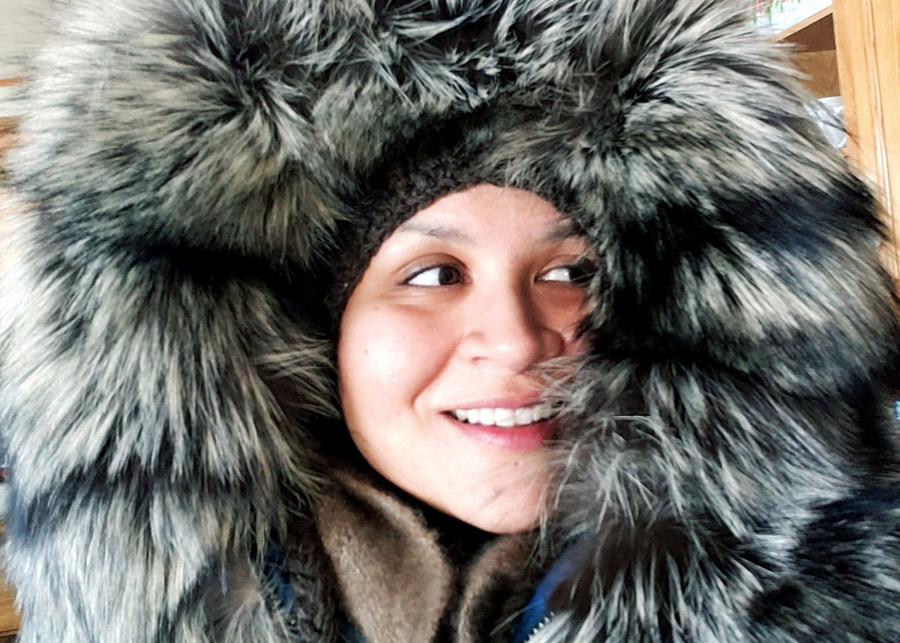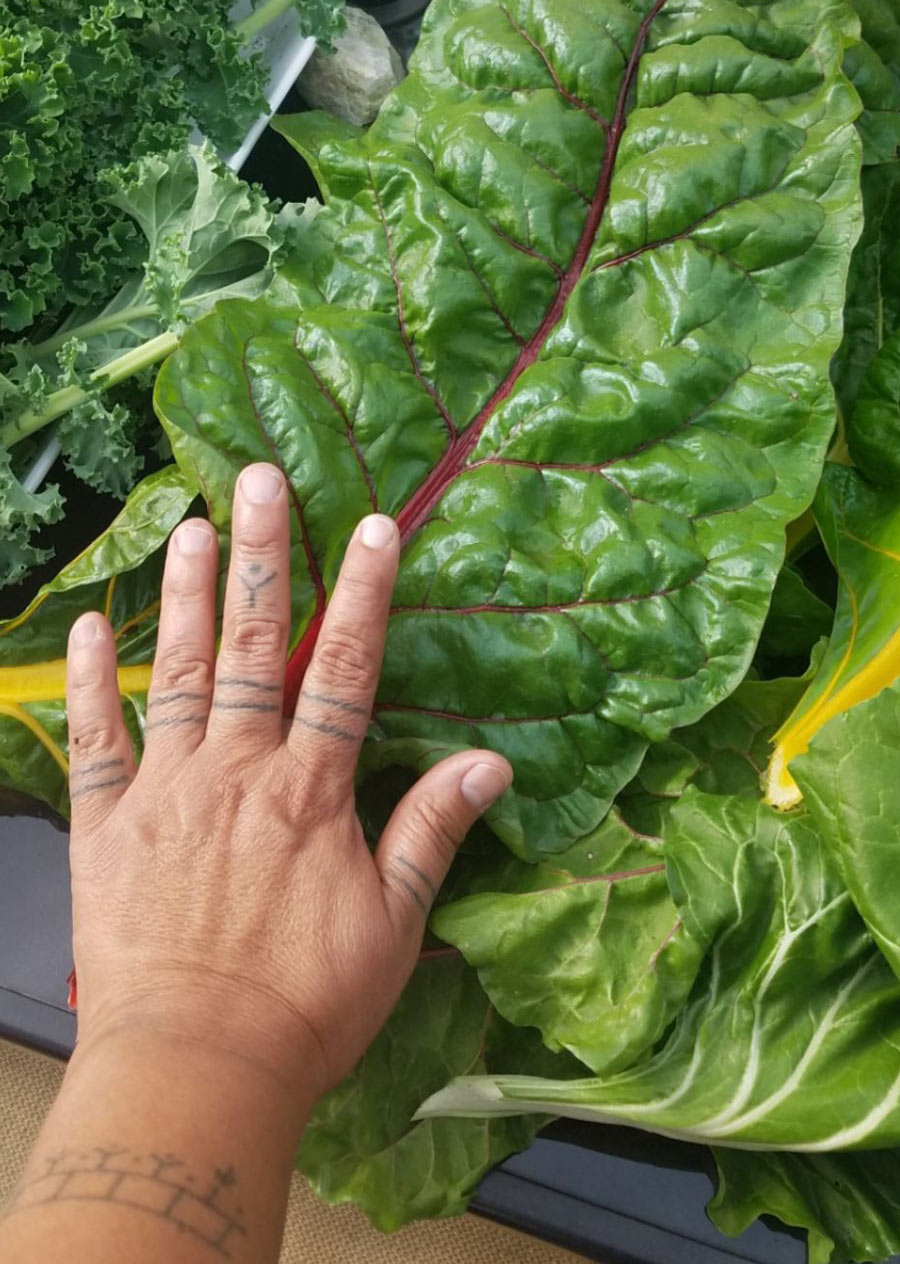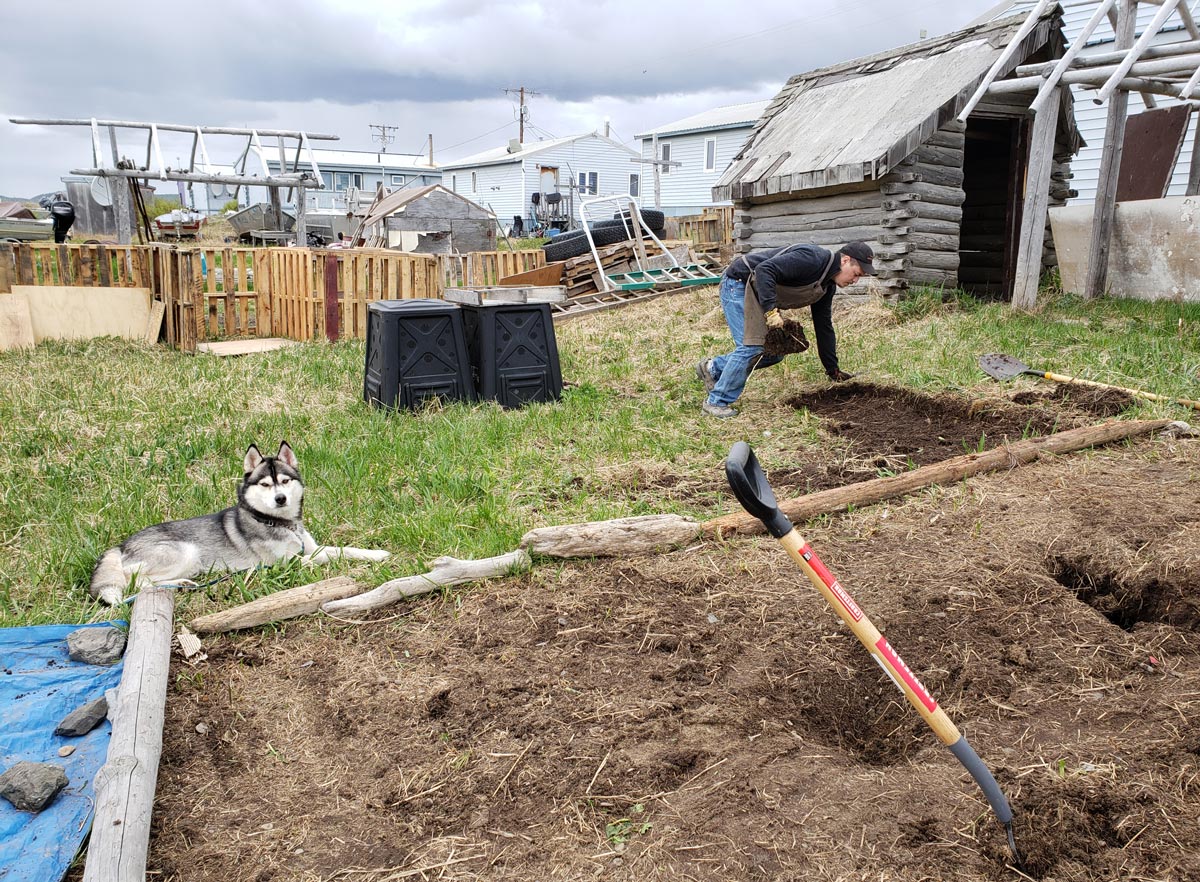


hen Annette Erickson first put up a fence on their Unalakleet property, there was a bit of a stir in the village.
“You’re putting a barrier up between yourself and the community,” said Annette. “People aren’t used to fences here.”
While the local Native corporation had initially approved the fence, they formed another meeting after the community response. So why was a fence so important to Annette? Simply to encourage a healthy food garden.
“We explained that we wanted to inspire people and see what we can do with 6,800 square feet next to our house,” said Annette. “Maybe even help feed our community and answer questions.”

“There wasn’t anyone gardening here and it helped me not feel so alone,” said Annette. “My Native corporation gave me access to the lot below my house, which my family had used for gardening before. They quit after my grandpa died.”
Food security has been on the minds of many Alaskans of late, and gardening is seeing a boom across the state. There were more people in Unalakleet as Annette grew up, but she says there’s not a lot of housing available and people end up leaving. The cost to live there is as much as three times as other communities in the state, including the high cost of food.
She says some in the village asked what she was doing gardening, that she could just go to the store. But in a region where a gallon of milk can be upwards of $15, gardening may offer a more cost effective solution to some of the food insecurities.
“I’m growing lots of radishes because those are easy and rewarding,” said Annette. “I started a bed of carrots. I dug the in-ground bed myself and that was awesome. I transplanted my mom’s rhubarb garden from the ground into one of the raised beds that we made. I’m trying to grow easy things, like Jerusalem artichokes or sunchokes. They come back every year. We use hügelkultur in our garden.”

Hügelkultur is a gardening technique using wood debris and other compostable plant materials. In Annette’s case that was seaweed, grass, and driftwood.
“You can make a bed out of these things then top it with soil and plant lettuce on it the first year. Over time, the logs and debris decays and composts slowly. We have other things growing, I planted a cherry tree, we’re trying to see if it’s still alive.”
Annette says a mistake she made when she first started was spending so much on flying soil in. She urges people to use what is around them and adapt, like using hügelkultur. And she learned the hügelkultur technique from YouTube.
Annette’s family only recently returned to Unalakleet having spent about 15 years in going to college and working. She says she’s glad to be back, its taking time to get into the groove of things. Annette recalls when she was a young girl, her mother would come home with a five-gallon bucket in each hand with salmonberries or blueberries or whatever it was. She wants to get to that stage, someday.
“My sister and her family do all the hunting and all the fishing, getting the kelp, and she always brings us that stuff,” said Annette. “It’s awesome, the sharing with our families. There are a lot of things I haven’t done in years but I want to get back to it. For now, I am going to focus on gardening and then I can do more subsisting.”
Qatalina Shafer (Inupiaq) also grew up in a family that lived off the Alaskan land in Kotzebue, and she now lives in Palmer. After recently buying a home that had an established garden area, she discovered it had rich soil.
“I grew up in Kotzebue. We spent summers in fish camp in a place called Ibik,” said Qatalina. “My grandfather had a root garden, so that was something I grew up with. He had this little garden in an old fishing boat. He grew these ginormous root vegetables like potatoes, turnips, carrots, and radishes-things like that. We always had a garden in our fish camp. We had a garden most of my life and it complimented our Native foods.”

The Alaska Native Media Group has teamed up with Alaska Village Initiatives (AgAK), InterTribal Agriculture Council (IAC), and the Alaska Native Village Corporation Association (ANVCA) to empower and inspire Alaska Native people to share their gardening and gathering stories online or tag #gardenandgatherak.
By contributing your photos, videos, or artwork! Send submissions to Alice Q. Glenn or Steven Holley at gardenandgatherak@gmail.com. For more submission ideas visit, gardenandgatherak.com.
Qatalina considers gardening an aspect of Native ways of life. While it is a little bit different than what a lot of people do in the area she is from, she shares how much gardening helps her feel connected to nature and her grandparents.
“In our Inupiat culture, it’s the grandmothers that teach the grandchildren,” said Qatalina. “My kids are all grown and I teach my grandchildren how to garden. Just like I learned from my grandmother and grandfather – that was tradition to me and our family.”

After high school she went away to college, going to college in Europe, and she now works at Alaska Native Tribal Health Consortium in water and sanitation, as a Project Manager. For her job, she travels all across the state to many villages. She shares that while some villages have interesting gardening efforts, there’s not a lot of it. But there are efforts to promote gardening.
“In the last five years, I’ve been able to grow anything and everything,” said Qatalina. “I was fortunate to have gardening in my family and it’s been for me a part of our tradition. In rural Alaska, harvesting has never been lost. I think people forget, the mindset is different. You have to put effort into gardening. When you’re harvesting you’re picking it, what the Creator made for us. I see gardening as an extension of our harvesting practices.”
This year Qatalina is growing a cutting flower garden and lavender. She has an herb garden with oregano, thyme, sage, chives, wild mint, and parsley. She has two berry sections for raspberries and strawberries-those grow best in pots for her. In her vegetable area, she also grows snow peas, green beans, carrots, radishes, and a few more root vegetables as well as an assortment of lettuces and cabbages.
It’s not all flower gardens, like others there were some complications. One mistake in particular was she planted too much. She had to give so many of her first year’s harvest away and find ways to store it by canning and other perseveration methods.
“How do I start this relationship with plants, understanding I can’t just grow simply to grow,” said Qatalina. “Because then I’m over-harvesting, and if I don’t have anyone to share it with I am wasting. That just goes against my values. I can’t eat that much. I started to better understand that the relationship of growing is a lot different than harvesting or foraging. Expanding my network of those who liked beets or cabbage, that was a whole new thing to me. It was a challenge.”
Part of what Qatalina considers important about gardening is overall wellness. The benefit is better health and that is priceless. And even more priceless if you can learn together.
“Find a buddy. Find someone who is growing a garden too. Community gardens are a great resource. If it’s not there yet, create that community.”